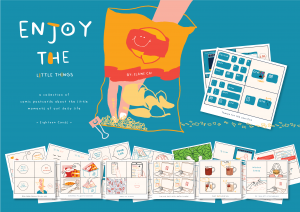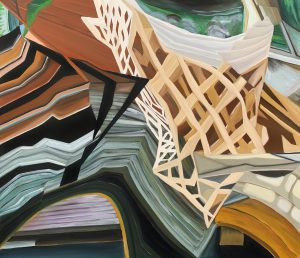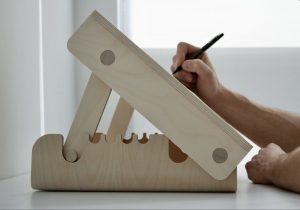CORTEX
Jasmine Whelan
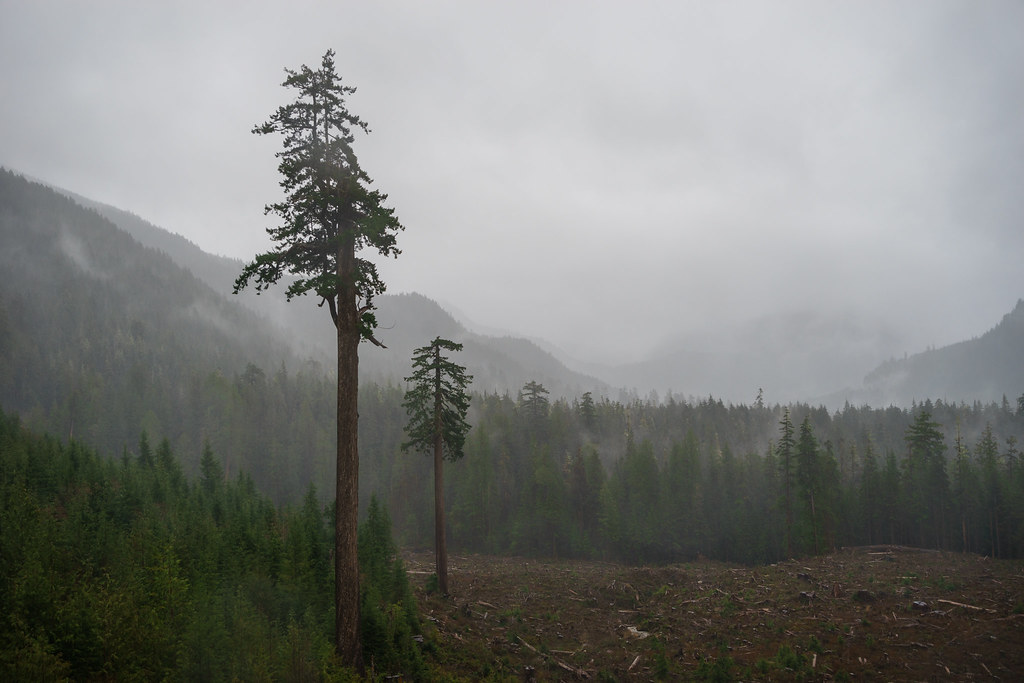
Sustainable Bark Line.
Tree’s offer many beneficial components for the human population. We use trees to make wood for construction, furniture, decorations, and see it as a material, but what if we can ease the production of wood? This project looks into ways to create new opportunities from the neglected materials of a tree.
Material Exploration
Why Bark?
This whole project revolves around sustainability making it a top priority. Bark is overlooked in furniture design but is commonly used in landscaping for its aesthetics and drainage purpose. The bark used is from a douglas fir tree, local to British Columbia’s forests. This bark has similar traits to cork making it easy to bind to adhesives.
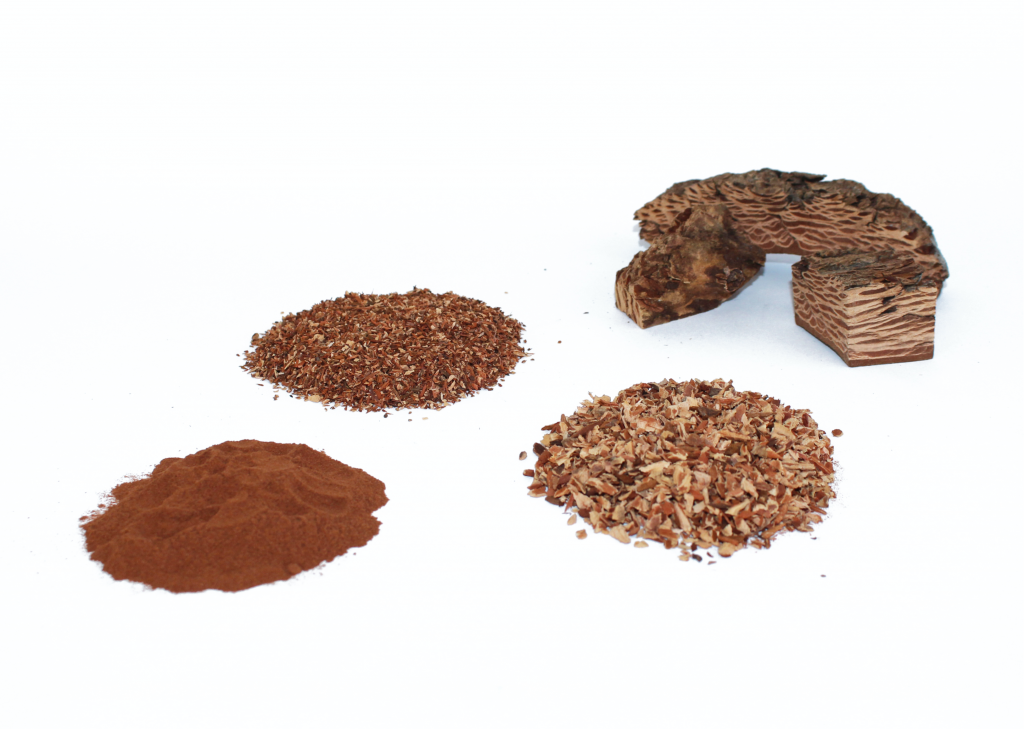
This project looks into ways to use this neglected material in innovative new ways. By granulating bark nuggets into fine pieces gives an opportunity to mould the bark into any desired shape or form.
Natural Adhesive
To ensure sustainability aspects are maintained, only natural adhesive is used to bond the bark together. The adhesive used for Cortex is a casein recipe which was altered for ultimate strength. Given that the adhesive is completely natural, at the end of its life cycle the bark can be disposed of without damaging effects to the environment.
Criteria
What I care about is how we use the materials given to us by this planet. These plants should be considered precious with the rate of deforestation they’re being exploited. By using all elements from the tree will encourage material exploration to produce more possibilities.
What I want to do is create a meaningful piece that benefits the user and the environment it is given. This product will be a statement piece. I want to open up opportunities to the design world and encourage minimal waste methods through material exploration. Not only will designers be influenced, but consumers as well.
Why it is needed is to bring attention to the user that this was made from a neglected material of a tree. It is something so essential for what it provides to everyone, yet most disrespected in the production industry. This will also prove to anyone that it is possible to be zero waste, which should have been relevant years ago.
Who I want to use this product is people all around the world to encourage sustainability. Not only will this design be truly sustainable, I hope these pieces make people feel more connected to nature.
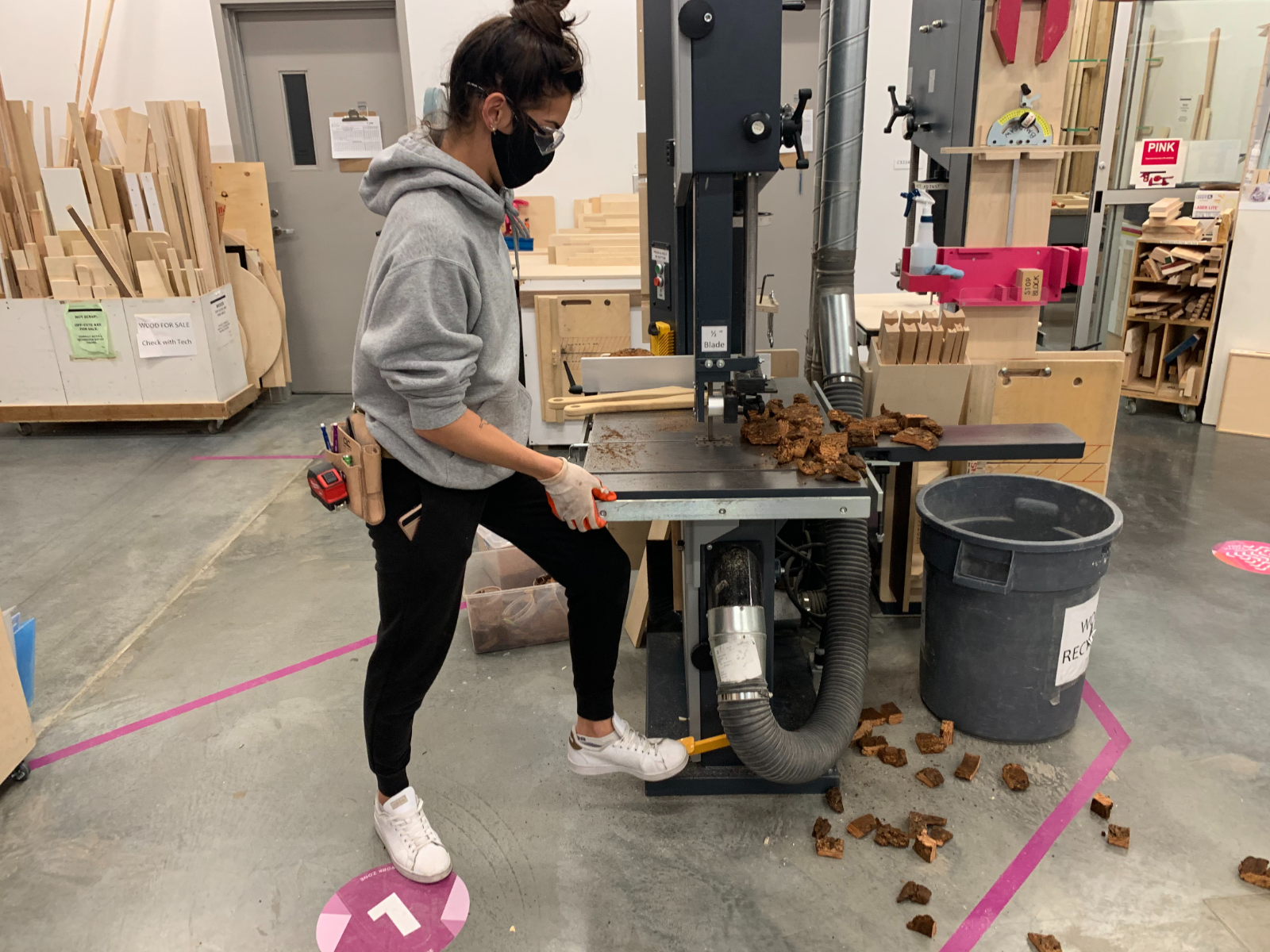
Preparation
Cortex revolves around sustainability making it top priority. Everything was thought out thoroughly about how this project will make a positive impact without damaging effects to the environment.
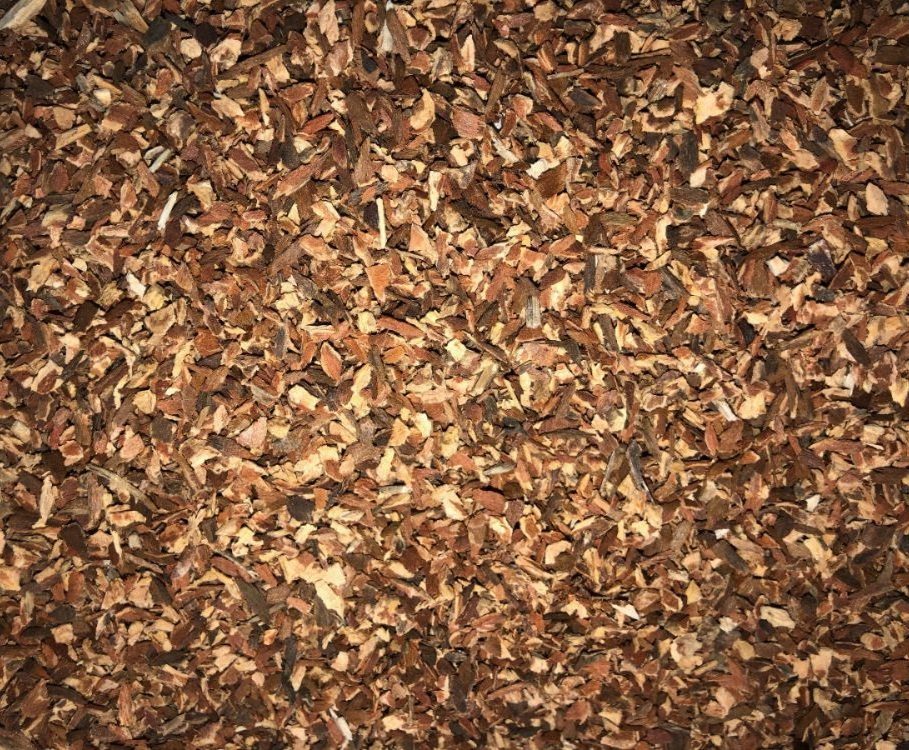
Bark Granulation
Granulating the bark nuggets allowed me to mould the granules into any desired shape or form. The granules were mixed with an altered Casein glue recipe and compressed within a mould using standard “F” clamps.
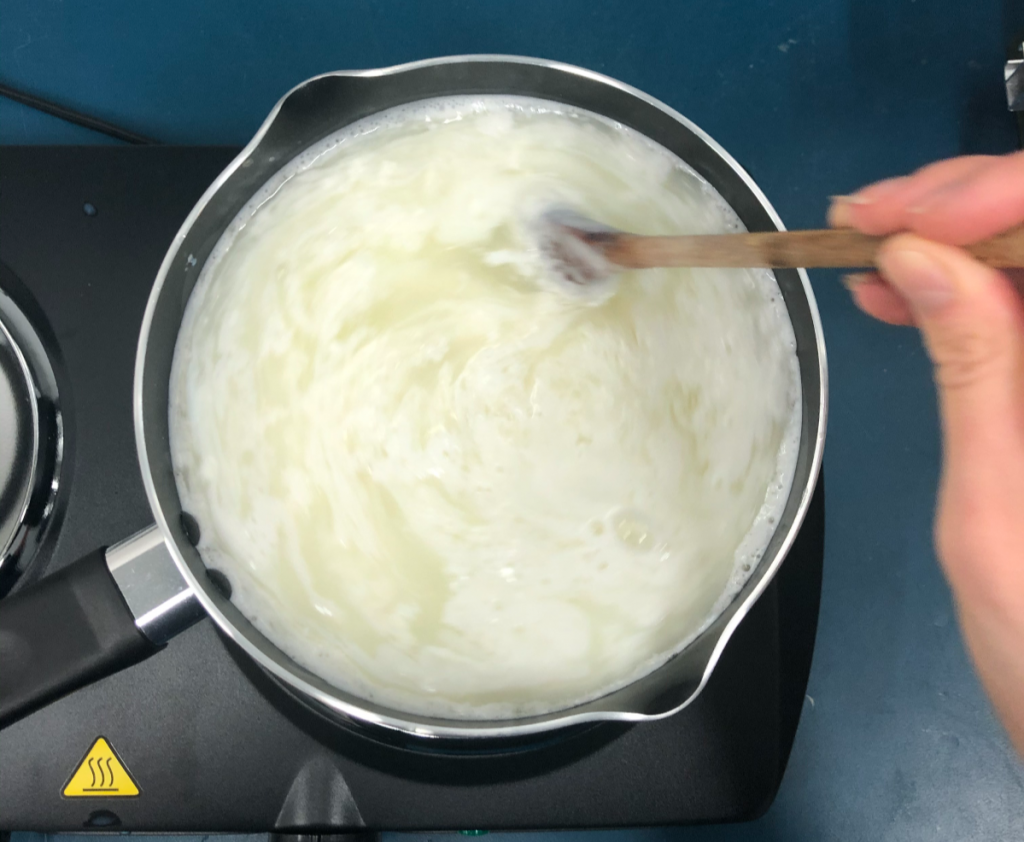
Glue Ingredients
- Skim Milk
- Vinegar
- Baking Soda
- Water
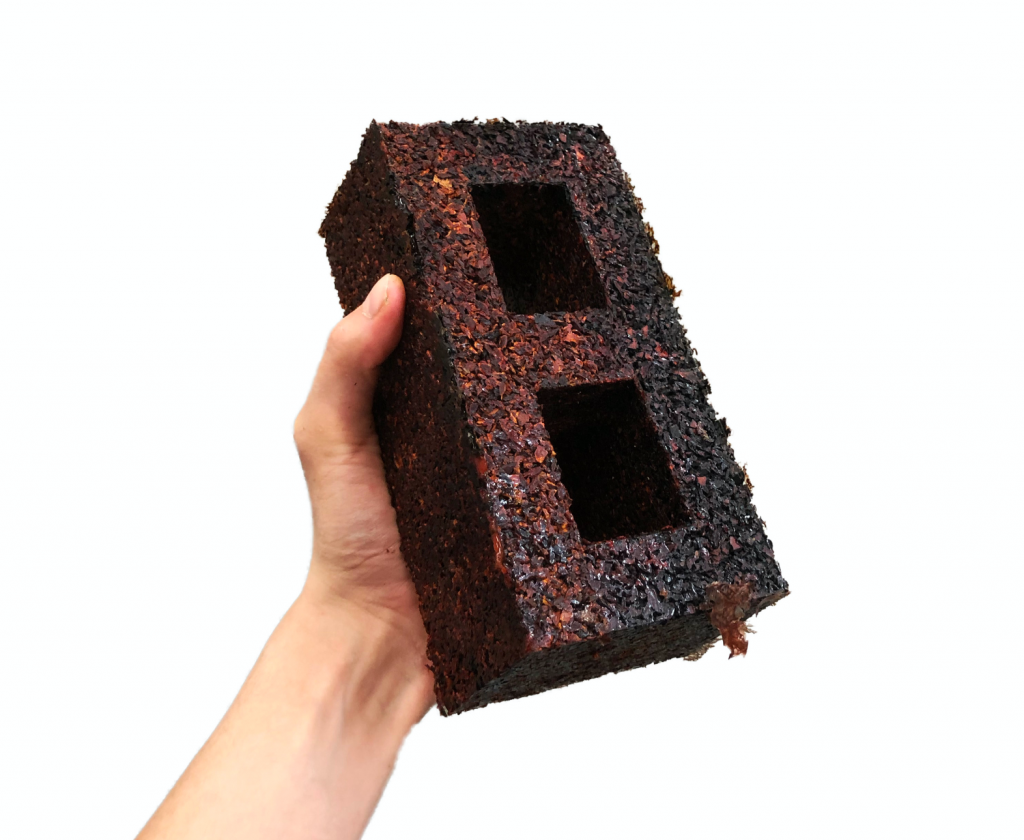
Cinder Block Form
The moulds are a cinder block form that will build up the furniture pieces. The purpose of the cinder block form is to speed up drying time, reduce weight and also save material. The holes will also act as a guide in alignment when stacking the bark blocks in place. The intention for bark blocks is to create solid forms.
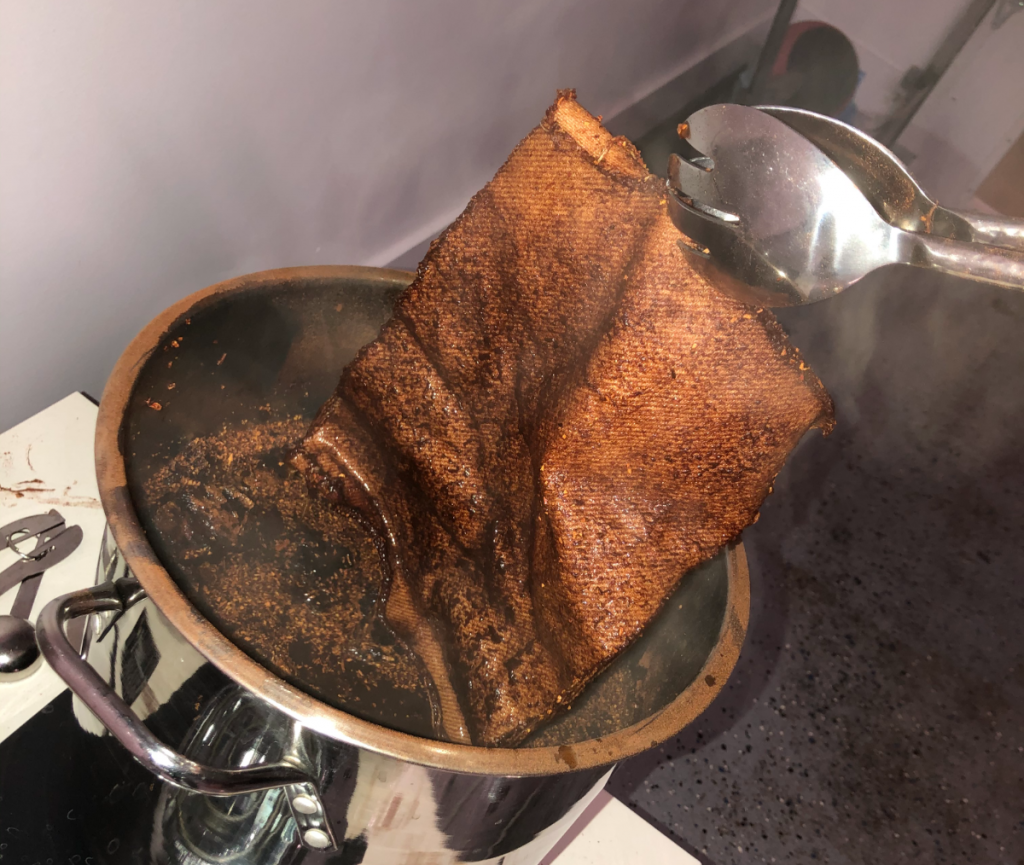
Natural Dyeing
The finer granules that were a by-product from the granulation process, were used to naturally dye 100 % Cotton fabric, used in one of the concepts.
As a designer, I want to bring attention to the zero waste movement by using all elements from the bark and further exploring how those usual discarded parts may have a purpose for both material and the design.

CORTEX
Introducing natures forgotten material as a sustainable furniture opportunity.
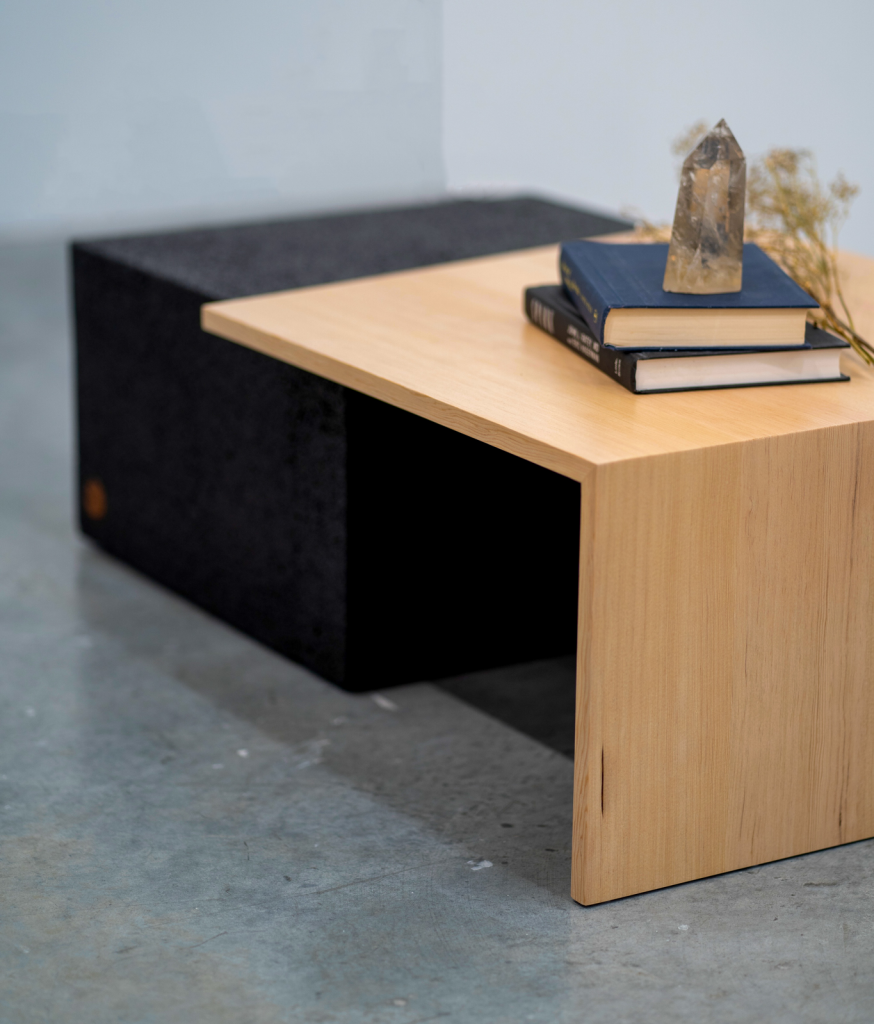
Haze
Haze was created using douglas fir bark that was dried, granulated, and formed using a hand-crafted natural binder.
The color theme for Haze was inspired by British Columbia’s landscape, where the sun is breaking through dark clouds and majestic timber on a brisk morning. All stains and sealants are user and ecologically safe. At the end of life, this piece can decompose naturally into the environment.
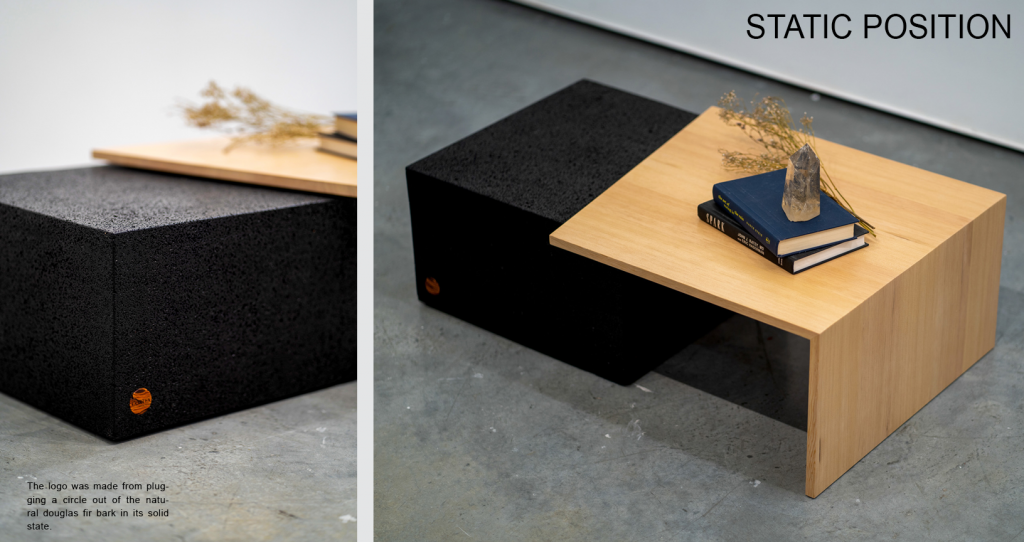


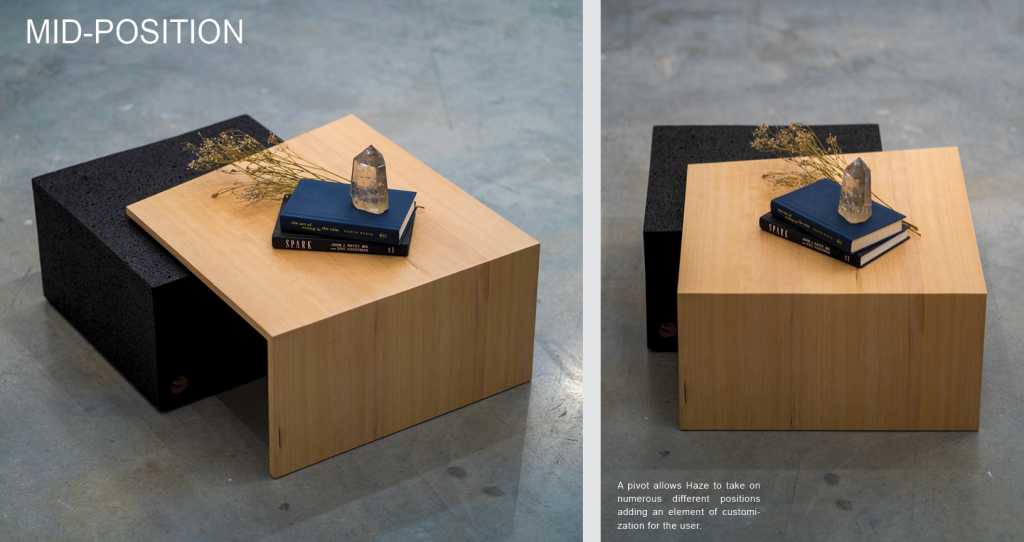
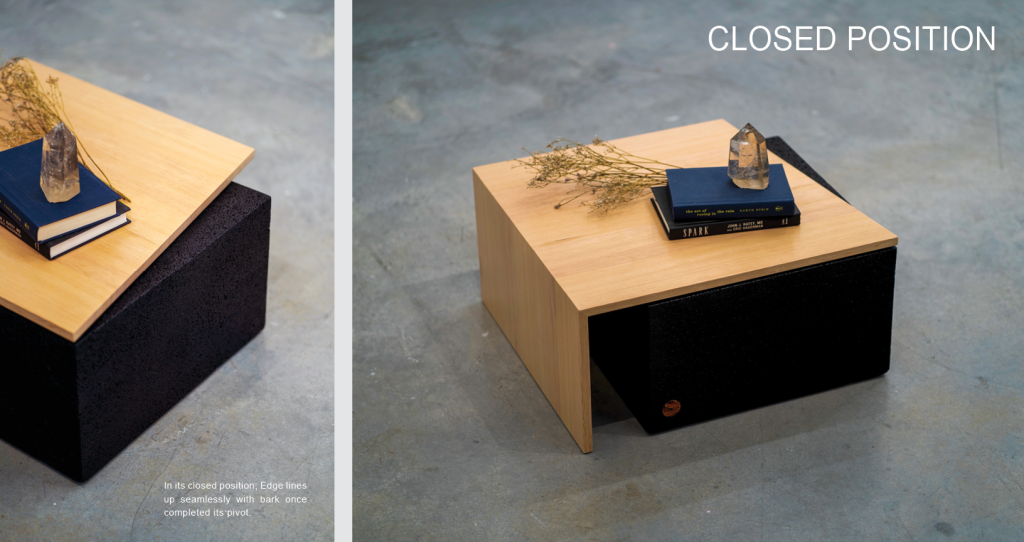
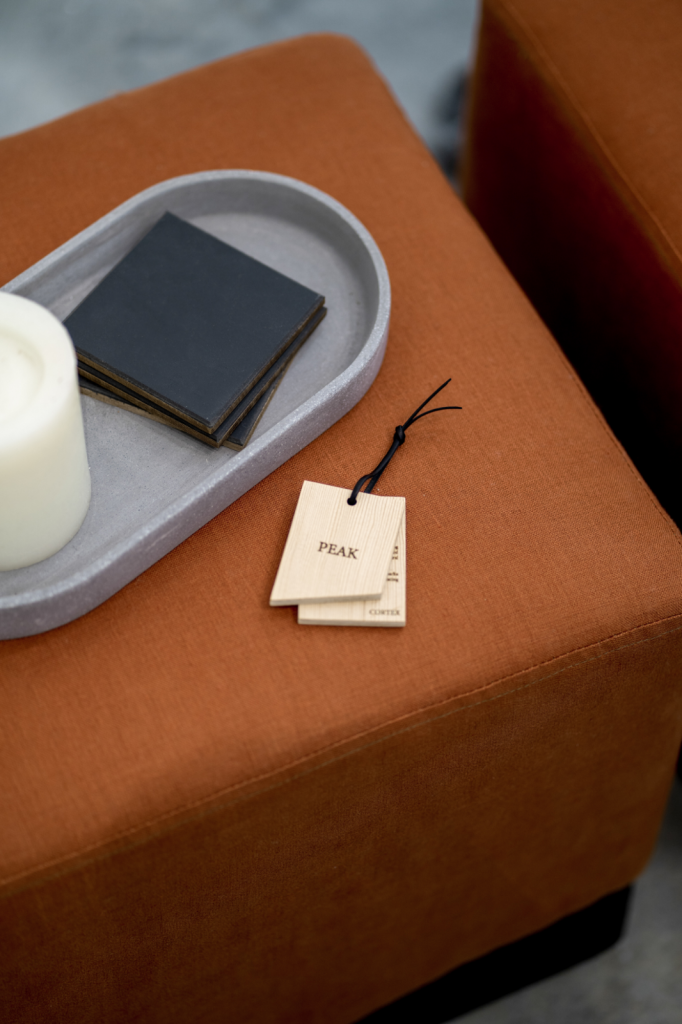
Peak
The Peak duo was inspired by the beautiful topography of British Columbia.
The base of Peak was created using Douglas Fir bark that was dried, granulated, and formed using a hand-crafted natural binder. The 100% linen fabric reflects the bark’s natural color prior to forming, creating a harmony of materials.
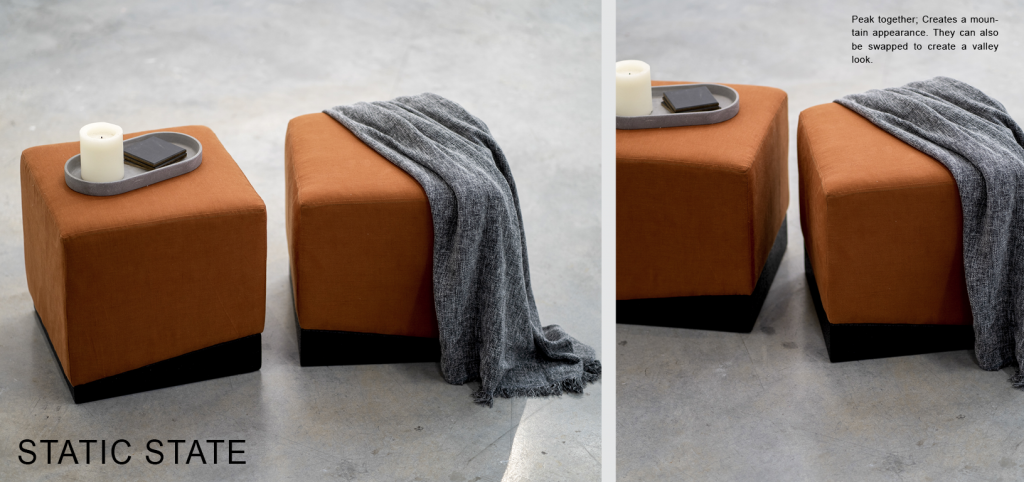
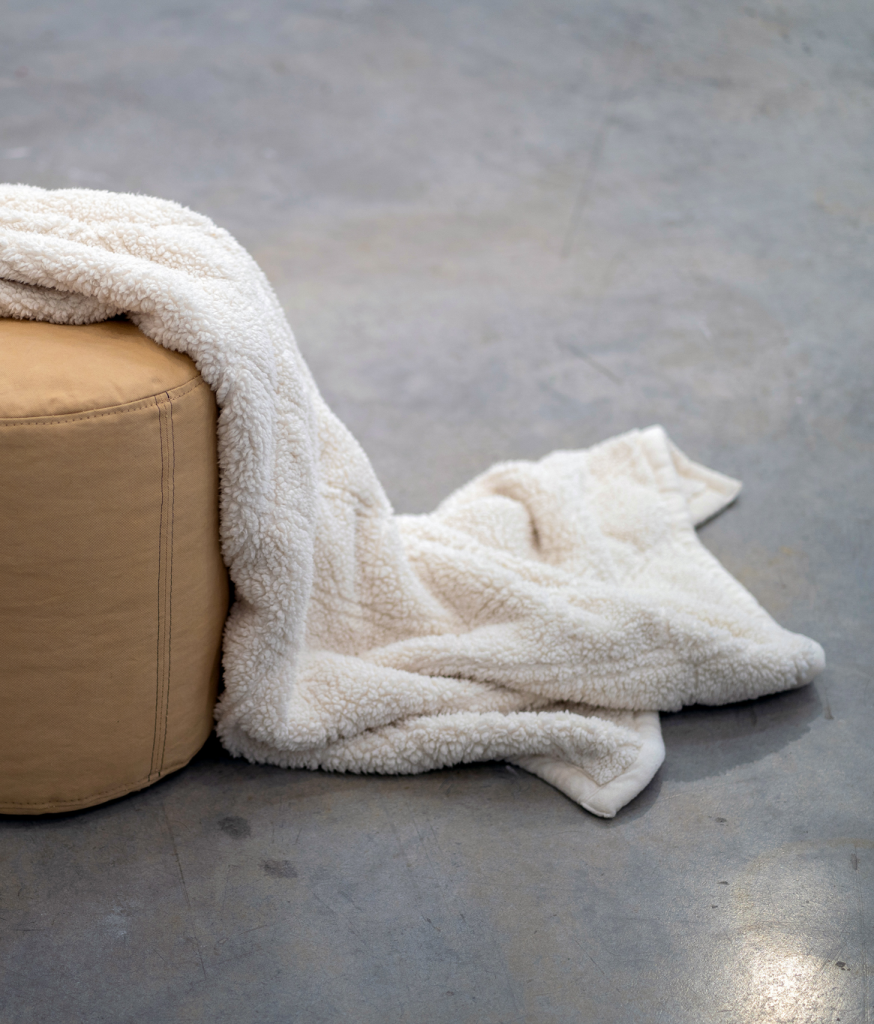
Fog
Fog is a pouf concept using a natural cotton denim fabric which underwent a natural dye process utilizing Douglas Fir bark powder that was a by-product of granulation.
The natural dyeing process allowed me to use every aspect of the bark to create a zero-waste project. The warm earthy beige resembles a sunny morning fog on a warm day.
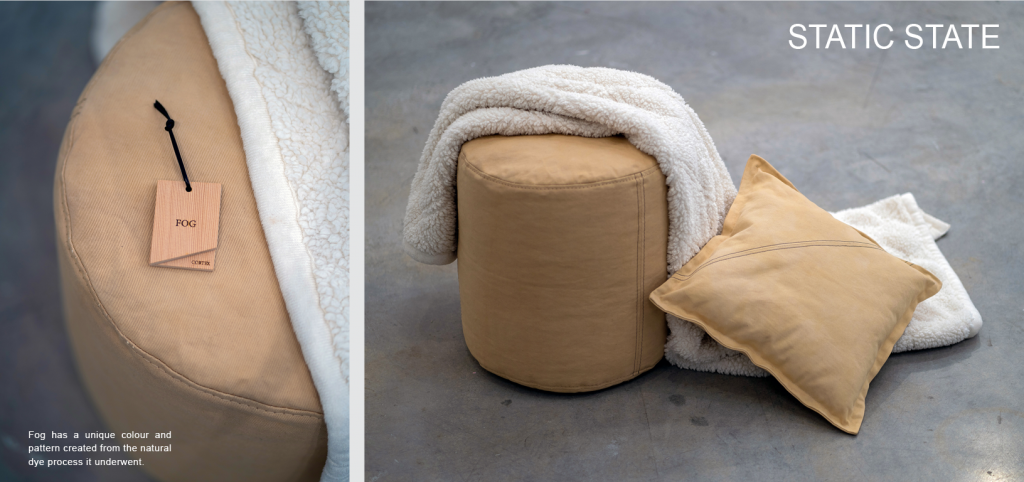
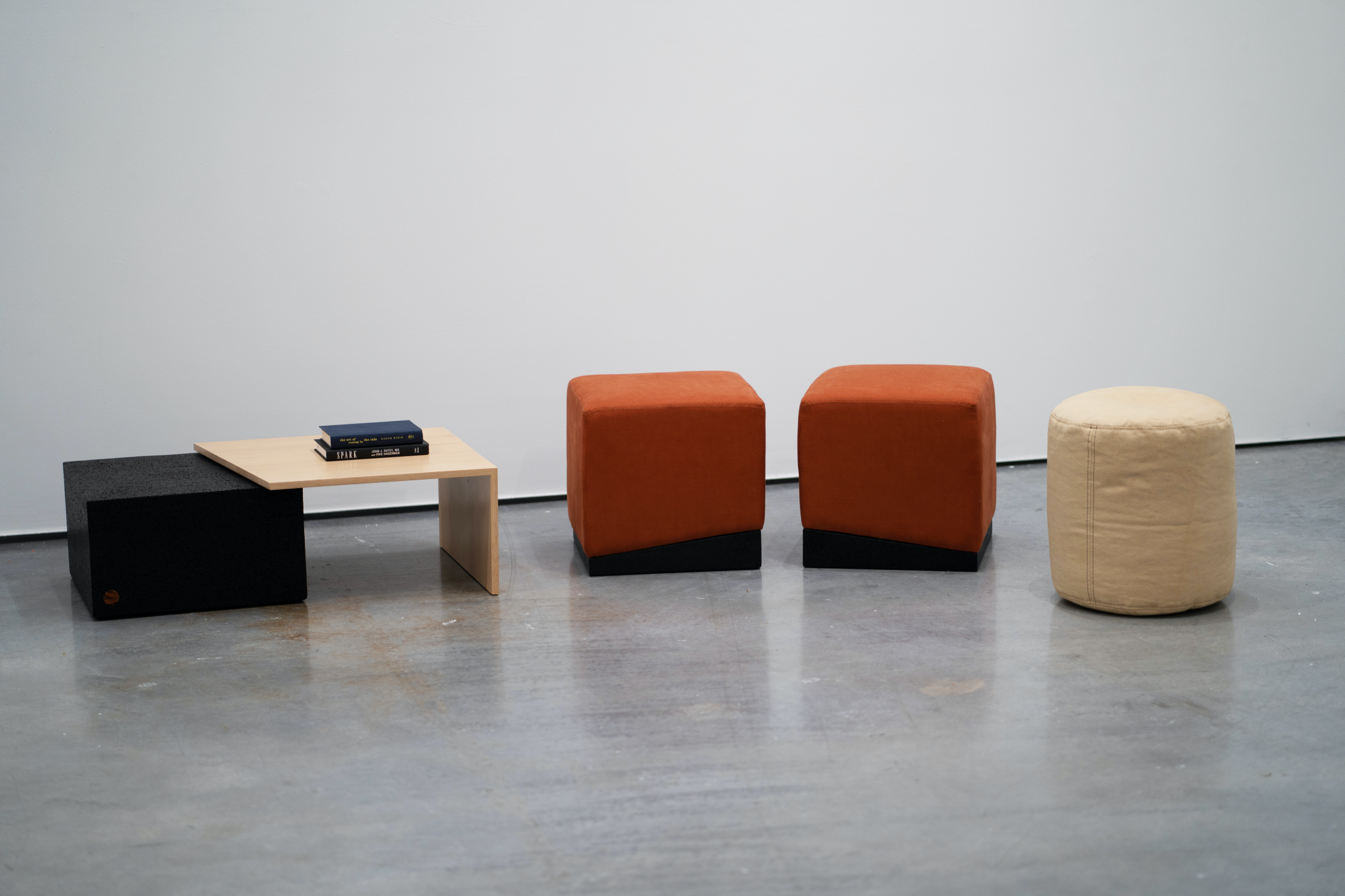
CORTEX
“Bringing the outdoors, In”

